
Category: biotech/medical – Page 2,585


Paralyzed individuals successfully use brain waves to operate tablet computers
In a collaborative study presented by scientists primarily affiliated with Stanford and Brown Universities, participants suffering from significant paralysis were successfully able to use non-modified applications on an Android tablet using their brain waves. In previous studies, “point-and-click” computer functionality interpreted from these kinds of signals has been accomplished, but the applications available to participants was limited to software and devices that had been specialized and personalized for users’ specific needs. This study has demonstrated technology that overcomes this limitation and enables access to the full range of software available to non-disabled users. Participants enjoyed applications previously unavailable to them such as streaming music services and a piano keyboard player.
To accomplish the study’s objectives, scientists capitalized and combined existing technologies for their unique end. Brain waves from participants’ brain implants were sent to a commercially available recording system and then processed and decoded by an existing real-time interpreter software. The decoded data was then transmitted to a Bluetooth interface configured as a wireless mouse which was paired to an Android tablet. While the steps to accomplish the task at hand are many, the result somewhat resembles telepathy but largely resembles greater accessibility for the disabled.
Stopping Cancer Cells in Their Tracks
Researchers at the University of Minnesota have developed a technique to stop the movement of cancer cells. When cancer moves from a primary tumor to other sites in the body, it becomes far more dangerous to the patient, and that has driven scientists to work for years to learn more about how cancer cells migrate. This work, which was reported in Nature Communications, may help create therapeutics that can prevent cancer from spreading.
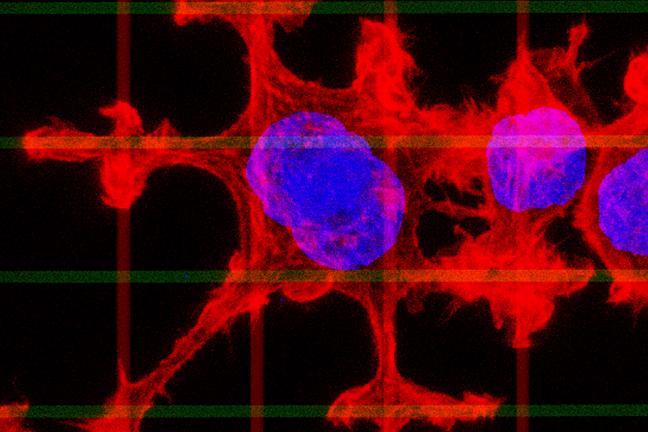
When tumors grow in the body, they can create interior networks that cancer cells can use like a highway, ultimately moving closer to blood vessels and other neighboring tissues. When patients have cancerous tumors with a large number of those highways, there is a lower likelihoood they will survive the cancer. One thing that has eluded researchers, however, is knowing exactly how cancer cells are able to find and move along those highways.
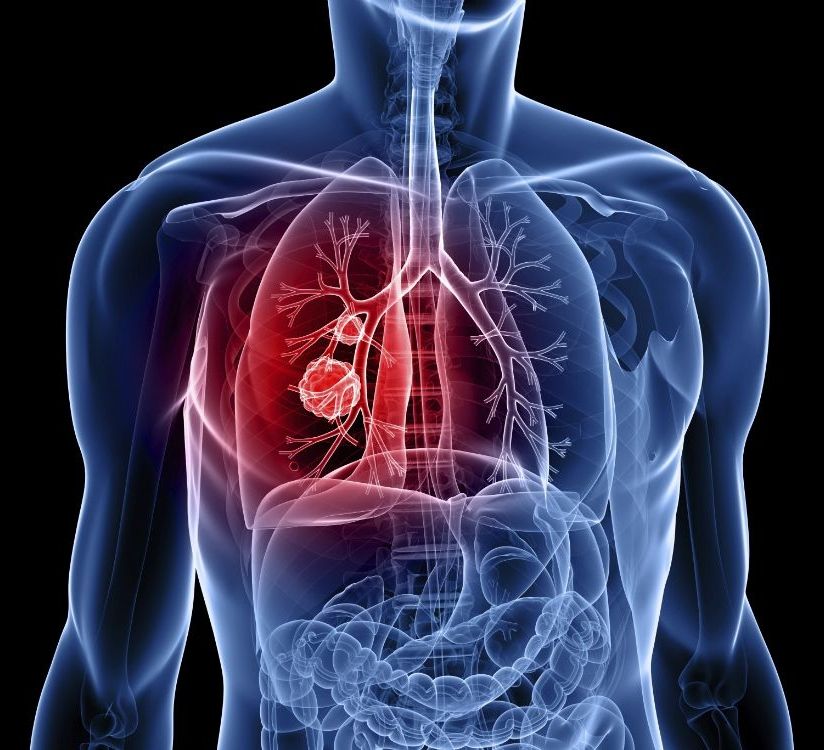
Chemo-free cancer treatment could exploit our body’s natural cell recycling system
If you are diagnosed with cancer today there are often several treatment options, with your doctor forming a plan of attack that will feature multiple approaches. Chemotherapy is one of the most popular weapons against cancer, but new research suggests it may be possible to get chemo-like results without actually putting a patient through a chemotherapy routine.
In a new paper published in Nature Communications, scientists discuss the possibility of using the natural “kill code” of human cells to fight tumors. That code, which is used by our body to recycle cells and kills them off when they are old, isn’t used by cancer cells and that allows the bad cells to fester and spread.

International Space Station infested with mysterious space bugs leaving astronauts at risk of ‘serious harm’
THE International Space Station is infested with mysterious space bugs that may be leaving astronauts at risk of ‘serious harm’, according to a new study.
Scientists discovered a thriving ecosystem of “infectious organisms” aboard the station which are similar to bugs found in hospitals on Earth.
A NASA team found five different varieties of Enterobacter, with researchers calculating that there is a “79% probability that they may potentially cause disease”.

Powdered Booze Could Fix Your Clogged Arteries
Fats and cholesterol that build up along the insides of blood vessels can limit the flow of blood around the heart, causing heart attacks or strokes. To treat this condition, called atherosclerosis, millions of Americans take drugs every day—the most popular of these, statins, alone cost up to $13 billion per year in 2014, and these don’t work for every patient. Now scientists have discovered that a compound already approved by the FDA can dissolve away this buildup in the blood vessels more effectively than existing treatments. The researchers published their study today in Science Translational Medicine.
The compound is called beta-cyclodextrin, and it’s already used in some pharmaceuticals to bind the active drug to fatty acids in the body where it is most needed.
Now, here’s the good news: beta-cyclodextrin is also the main ingredient used to make powdered alcohol. Pour booze into a heap of cyclodextrin, and the alcohol molecules cling to the ring-shaped cyclodextrin molecules, making a fluffy dry powder that packs a punch.
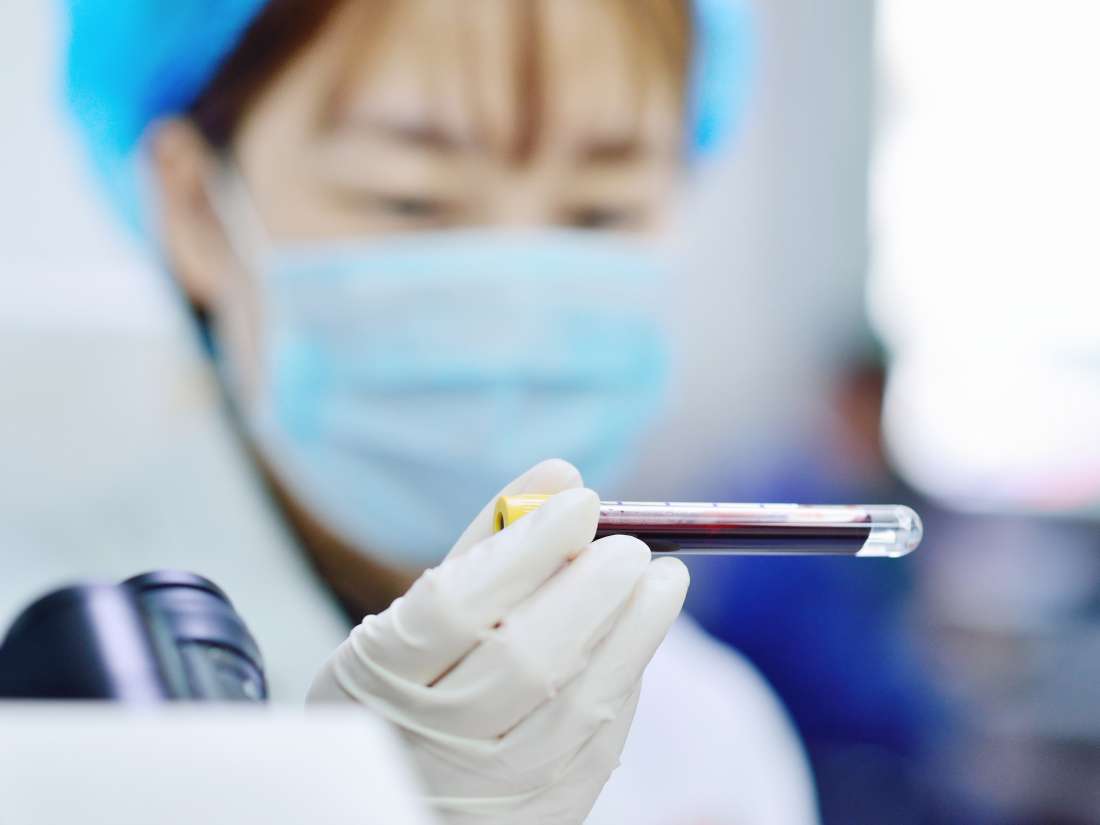
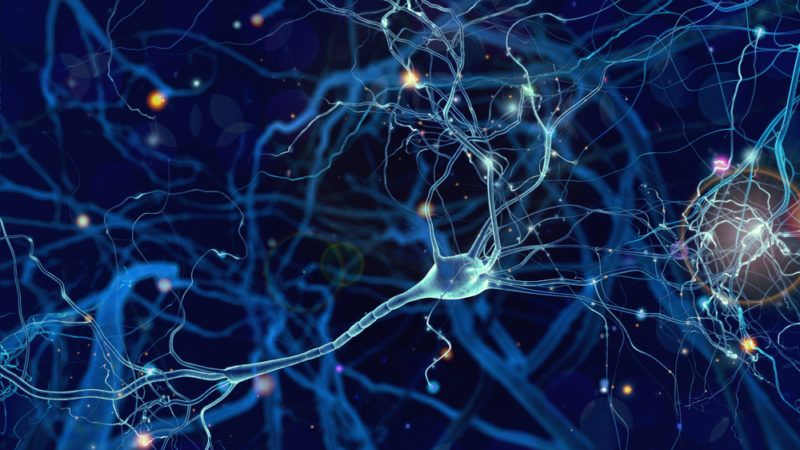
Parkinson’s Disease Patient in World First Stem Cell Therapy
In a world first, a patient with Parkinson’s disease has undergone transplant therapy, which uses reprogrammed stem cells to replace neurons destroyed by the disease.
Stem cell therapy is part of the toolkit
The stem cell field is an area of science that is relatively well funded and, out of all the branches of medical science relevant to aging, is probably the most understood by the public. In the last decade or so, progress in stem cell research has been rapid, and scientists now have a wide range of cell types they can create on demand via cellular programming.
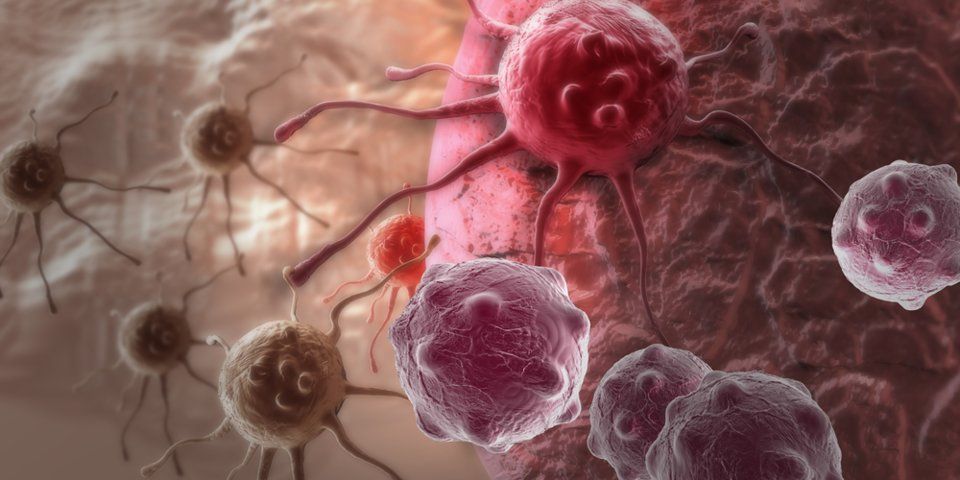
Scientists may have found a way to treat cancer without chemotherapy
As advanced as medicine is today, the incidence of cancer diagnoses continues to rise.
Scientists at the International Agency for Cancer Research estimate that, this year, around 18 million people will be diagnosed with cancer, and around 10 million people will die of tumours— while these are the highest figures to date, researchers all over the world are looking for new therapeutic options.
Scientists from Northwestern University in the US recently discovered a kind of genetic “kill code” in cells that could theoretically be used to treat cancer without chemotherapy.